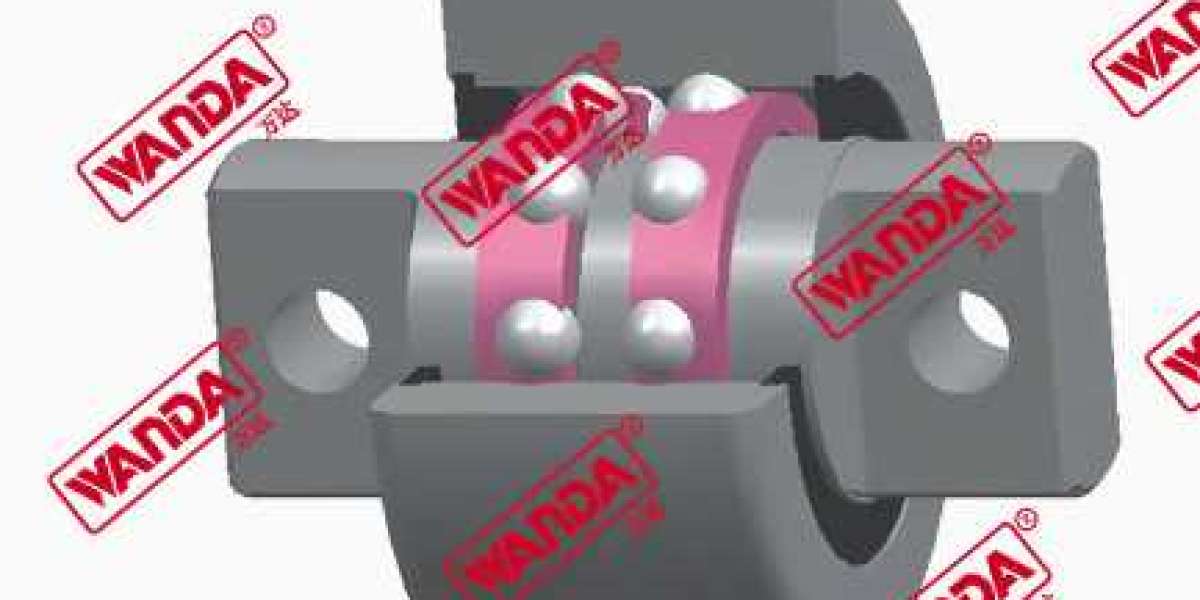Forklift bearings are key components used to support forklift wheels and transmission systems, and the choice of materials directly affects their durability and working performance. Common forklift bearing materials include high carbon steel, stainless steel, ceramics and alloy steel. The advantages and disadvantages of several common materials will be briefly analyzed below.
High Carbon Steel
High carbon steel is one of the most commonly used materials in forklift bearings. It has high hardness and wear resistance and is suitable for bearing larger loads. The advantages of high carbon steel are lower cost, excellent mechanical properties, and the ability to withstand certain impacts and high loads. The disadvantage is that it has poor resistance to corrosion, so surface treatment such as carburizing or chrome plating is required to improve its corrosion resistance.
Stainless steel
Stainless steel material has good corrosion resistance and is especially suitable for wet or corrosive working environments. When forklifts are used outdoors or in harsh environments, stainless steel bearings can effectively extend their service life. Its disadvantages are relatively low hardness, inferior wear resistance to high carbon steel, and higher cost.
ceramics
Ceramic materials have extremely high hardness, wear resistance and high temperature resistance, and are suitable for high-load, high-speed bearings. However, ceramic materials are relatively brittle and easily break when impacted. In addition, ceramic bearings are more expensive and are generally used in situations with special requirements.
alloy steel
Alloy steel materials are often used in bearings that require higher strength and wear resistance. Its advantages are strong wear resistance, fatigue resistance and load-bearing capacity, but its manufacturing cost is high and its weight is large.
In general, the choice of forklift bearing material should be determined according to the forklift's working environment, load requirements and budget. Where high corrosion resistance and lower loads are required, stainless steel bearings may be a better choice, whereas where high loads and wear resistance are more important, high carbon steel or alloy steel bearings are more suitable.














